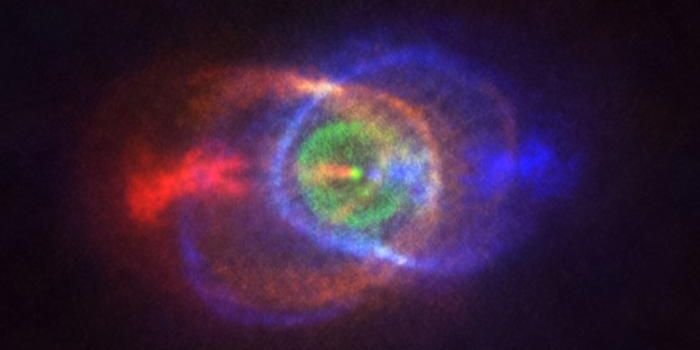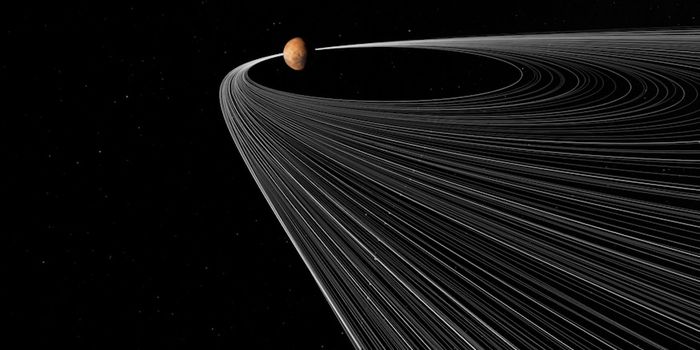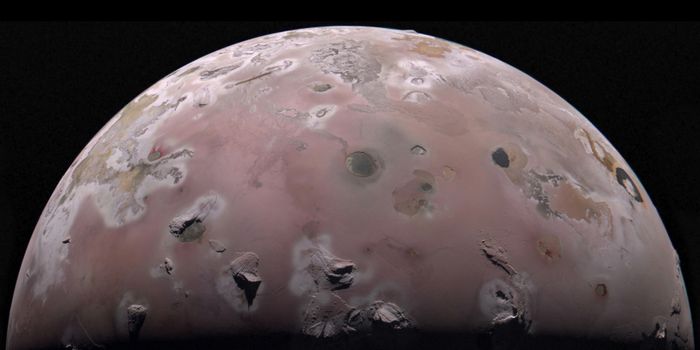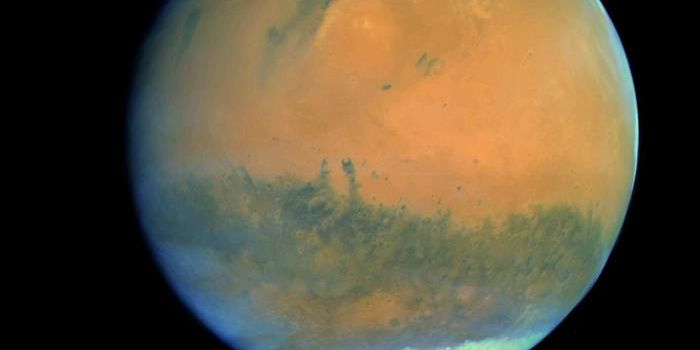An Unusual Black Hole Merges with Another
A bulky black hole, which may have already been the product of a black hole merger, appears to have tangled with a more typical black hole in a collision that brought them together. Researchers have speculated that these black hole merger events occur, but this one, labeled GW190521 is the first evidence of it. Two papers in the journals Physical Review Letters and Astrophysical Journal Letters have announced the finding.
Gravitational waves, which are ripples in the fabric of space-time, revealed the final moments of the merger of the two black holes, one of which is thought to be one and a half times the size of the second and 85 times the mass of the sun. The gravitational waves were picked up by twin Laser Interferometer Gravitational-Wave Observatory (LIGO) detectors in Livingston, Louisiana, and Hanford, Washington the and the Virgo detector near Pisa, Italy, in May 2019.
"The mass of the larger black hole in the pair puts it into the range where it's unexpected from regular astrophysics processes," said Peter Shawhan, a professor of physics at the University of Maryland (UMD), a LIGO Scientific Collaboration (LSC) principal investigator, and the LSC observational science coordinator. "It seems too massive to have been formed from a collapsed star, which is where black holes generally come from."
Stars with masses from 65 and 135 times that of the sun are thought not to collapse when they die, as such they would not give rise to black holes.
"Right from the beginning, this signal, which is only a tenth of a second long, challenged us in identifying its origin," said Alessandra Buonanno, a professor at UMD, LSC principal investigator, and Director at the Max Planck Institute for Gravitational Physics in Potsdam, Germany. "But, despite its short duration, we were able to match the signal to one expected of black-hole mergers, as predicted by Einstein's theory of general relativity, and we realized we had witnessed, for the first time, the birth of an intermediate-mass black hole from a black-hole parent that most probably was born from an earlier binary merger."
This event has challenged what we think about black holes, and may enable scientists to view general relativity in a new way. Other recently detected events have done so too; one in which two black holes with distinct masses merged, and another when a black hole and a mystery object, potentially a neutron star, merged.
"All three events are novel with masses or mass ratios that we've never seen before. So not only are we learning more about black holes in general, but because of these new properties, we are able to see effects of gravity around these compact bodies that we haven't seen before. It gives us an opportunity to test the theory of general relativity in new ways," said Shawhan, who is also a fellow of the Joint Space-Science Institute, a partnership between UMD and NASA's Goddard Space Flight Center.
"Gravitational wave events are being detected regularly," Shawhan said, "and some of them are turning out to have remarkable properties which are extending what we can learn about astrophysics."
Sources: AAAS/Eurekalert! via University of Maryland, Physical Review Letters, Astrophysical Journal Letters








